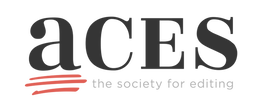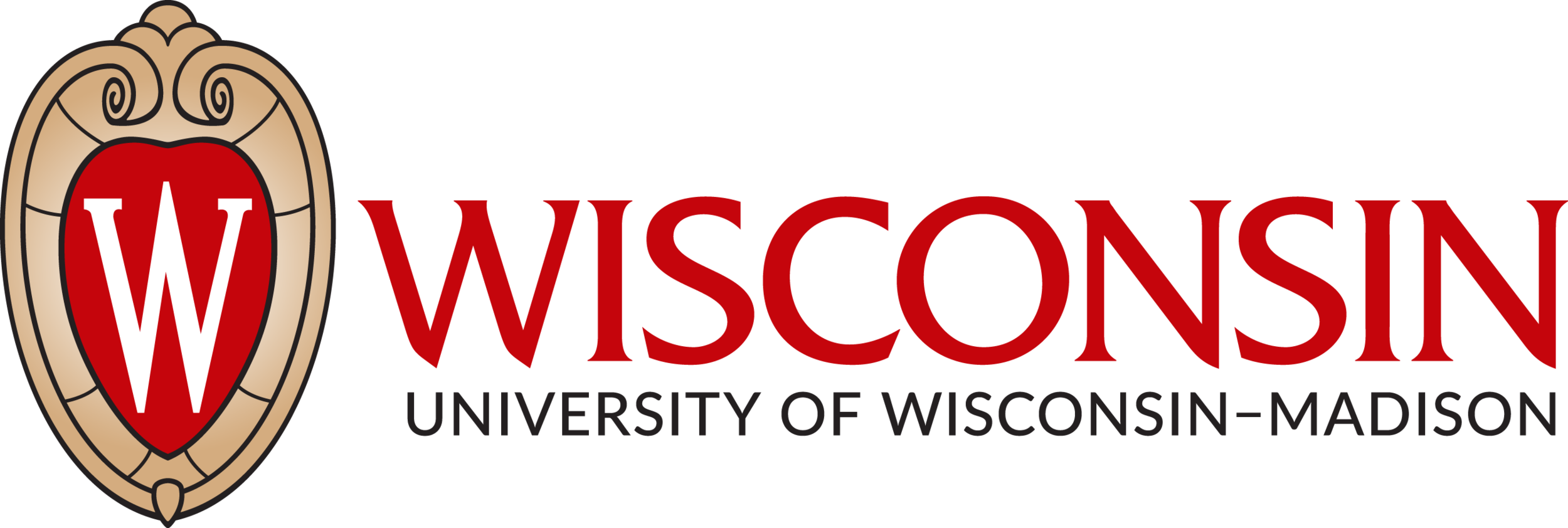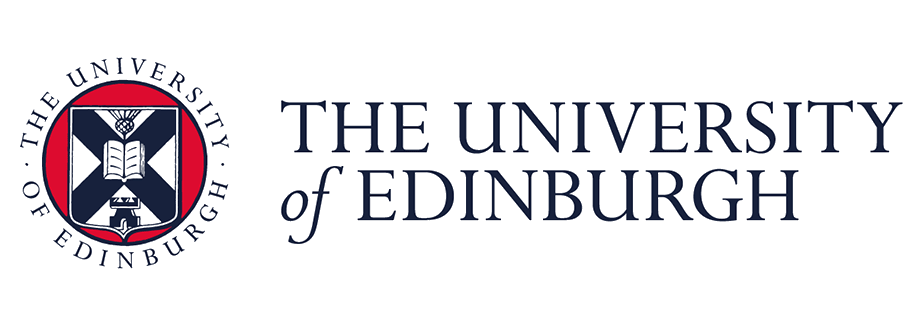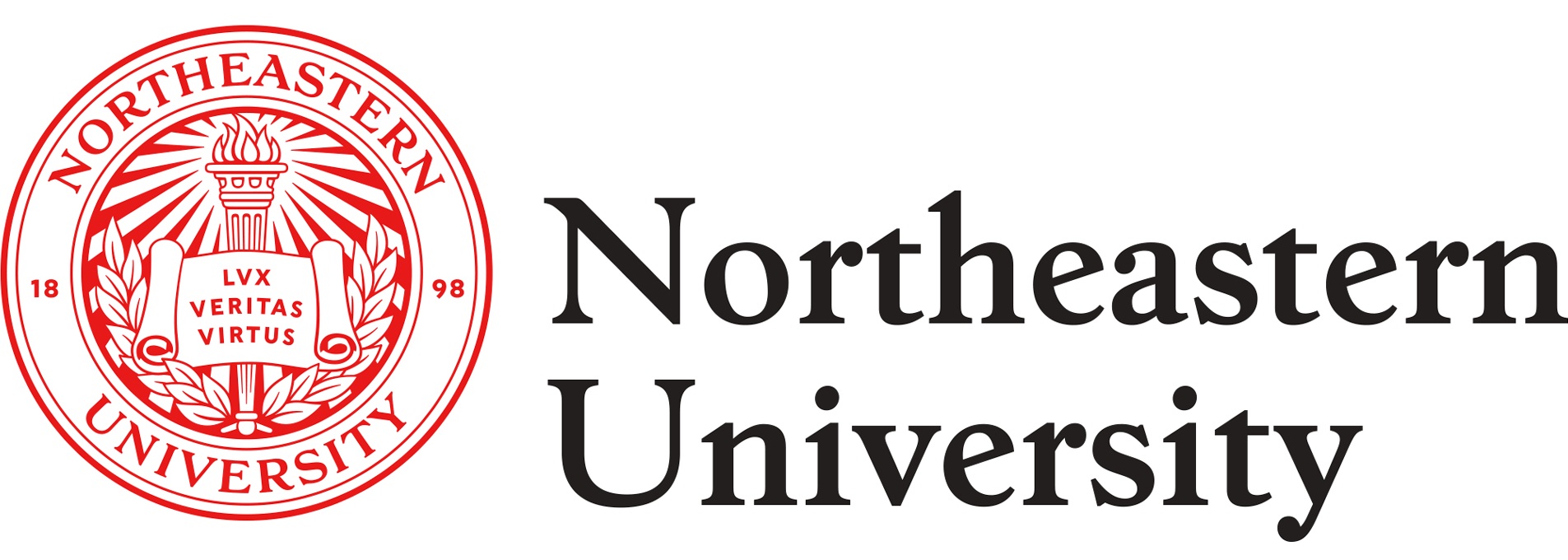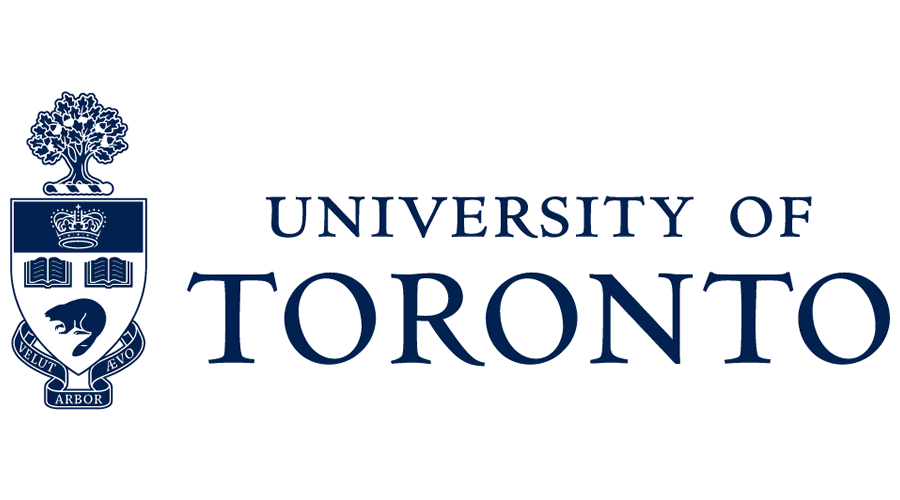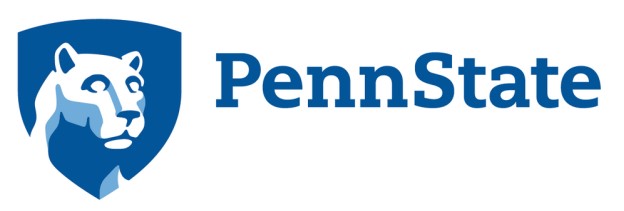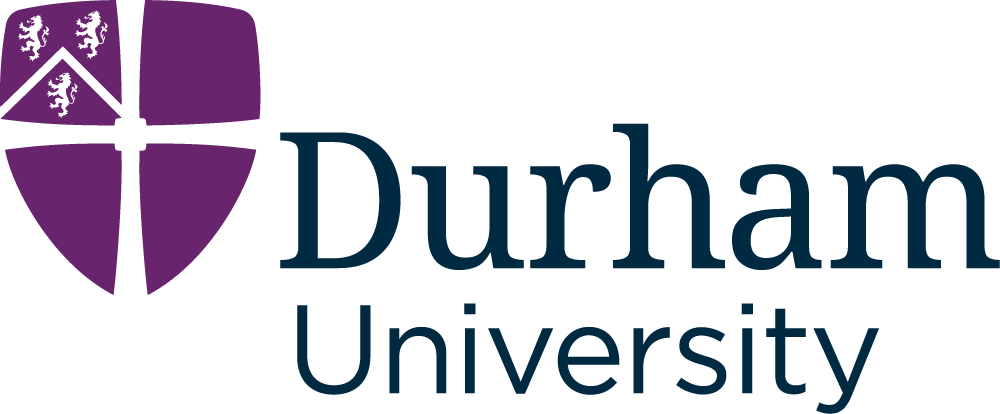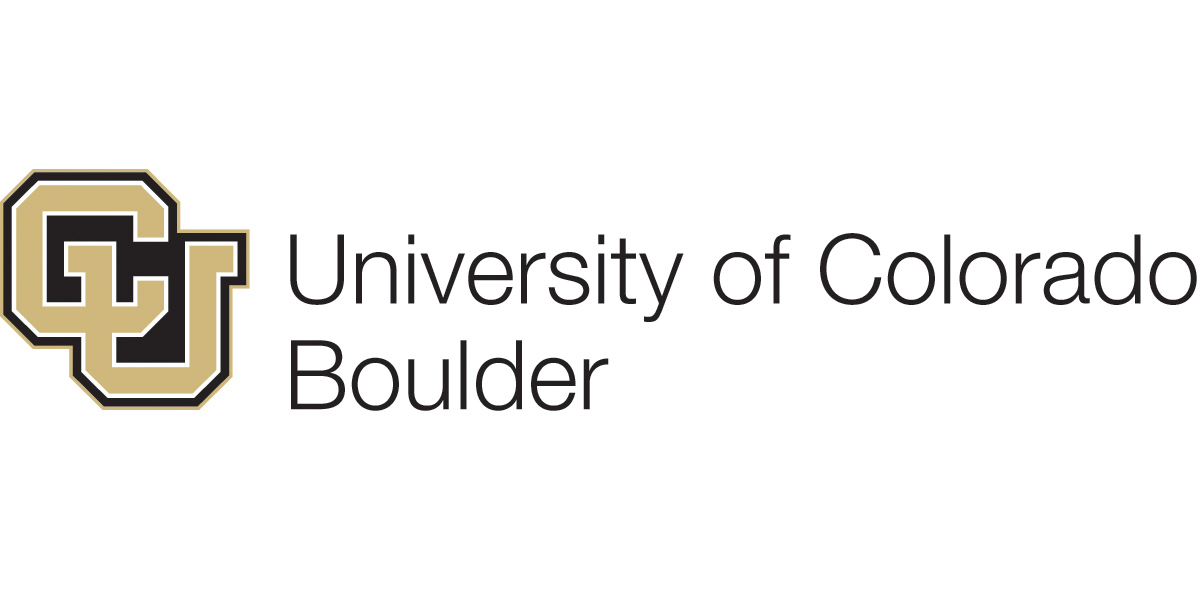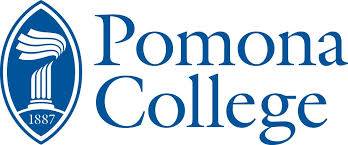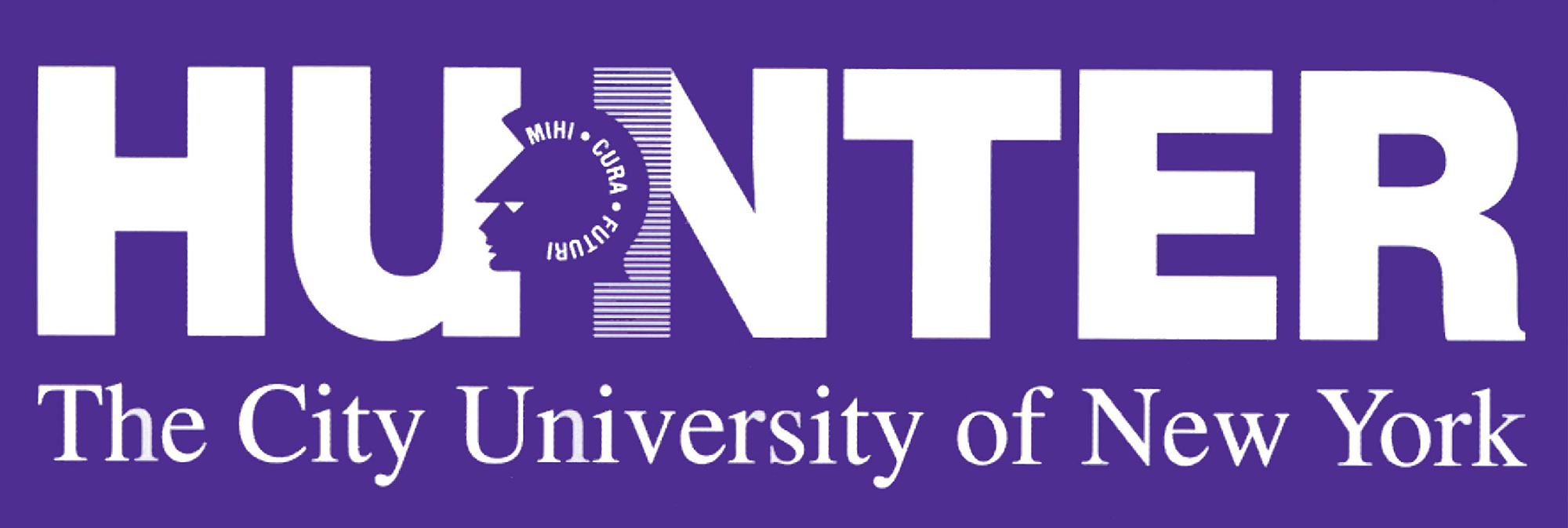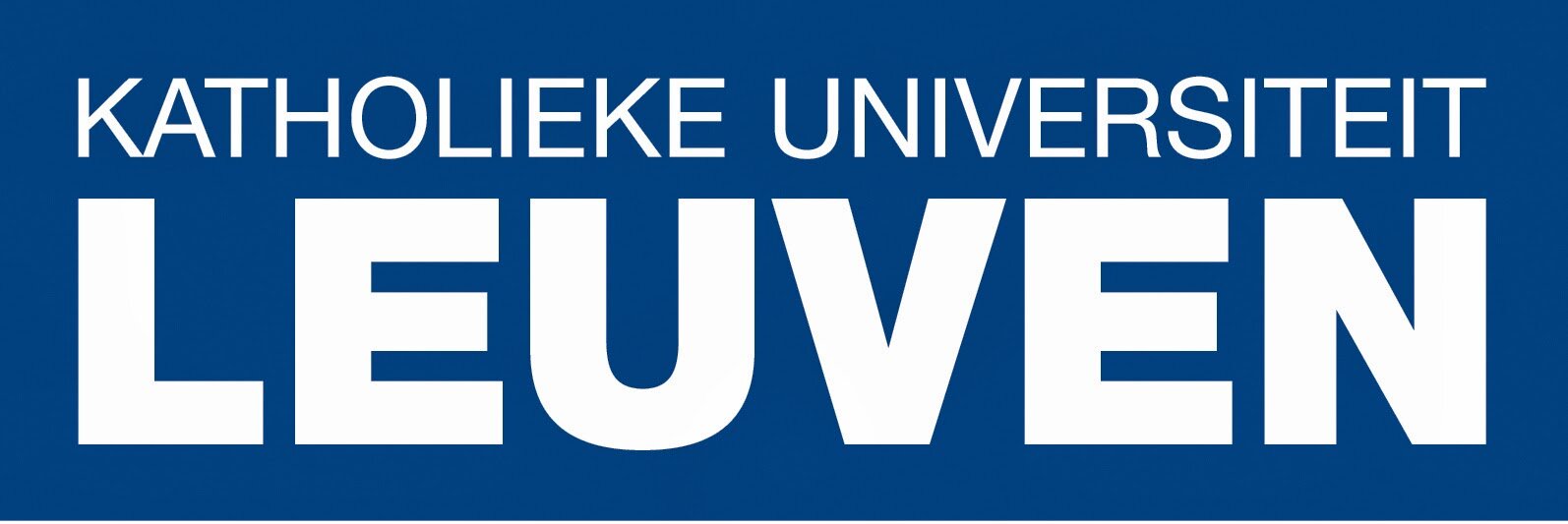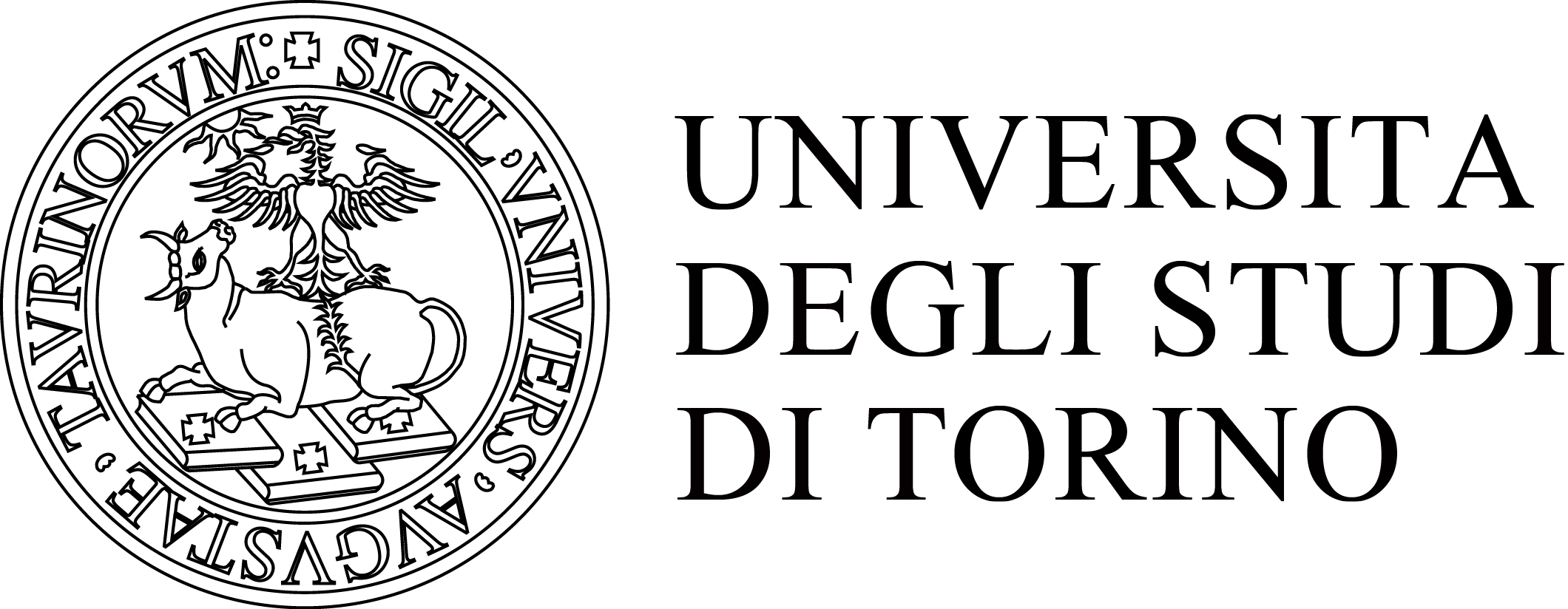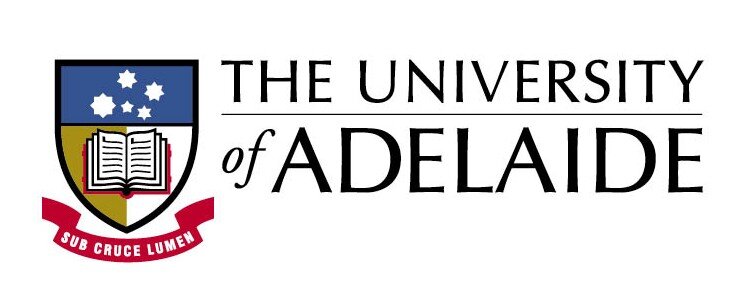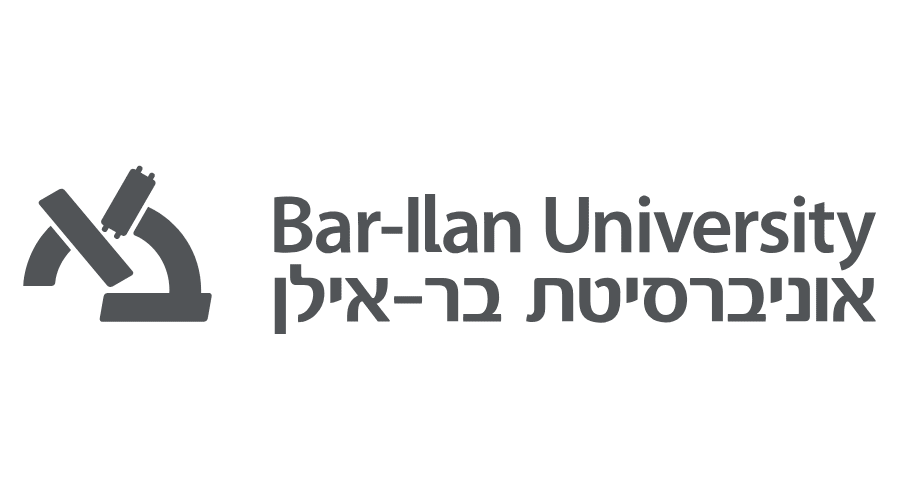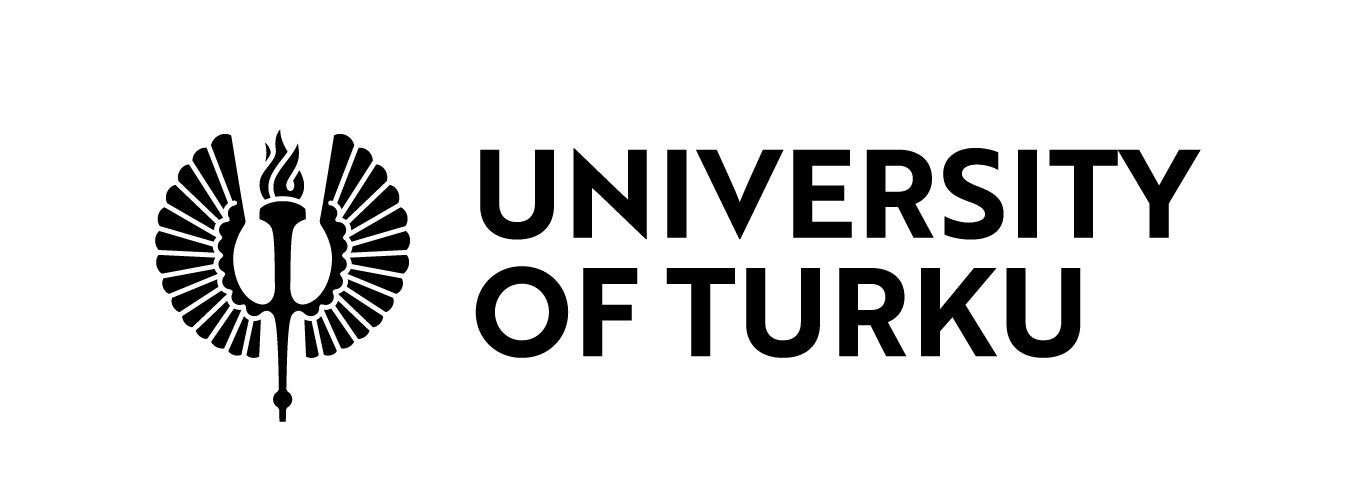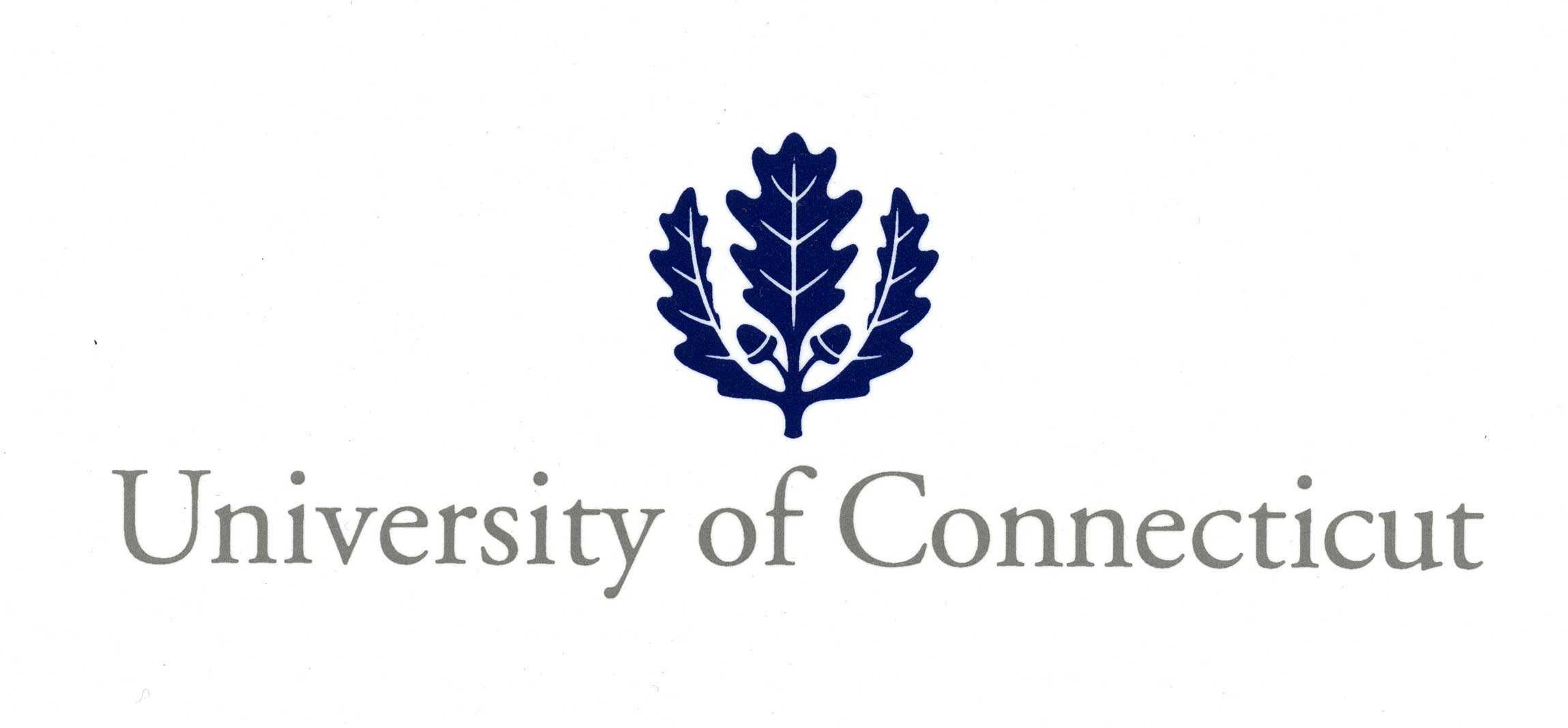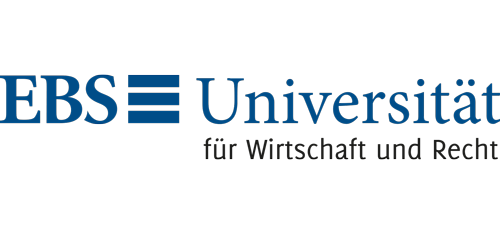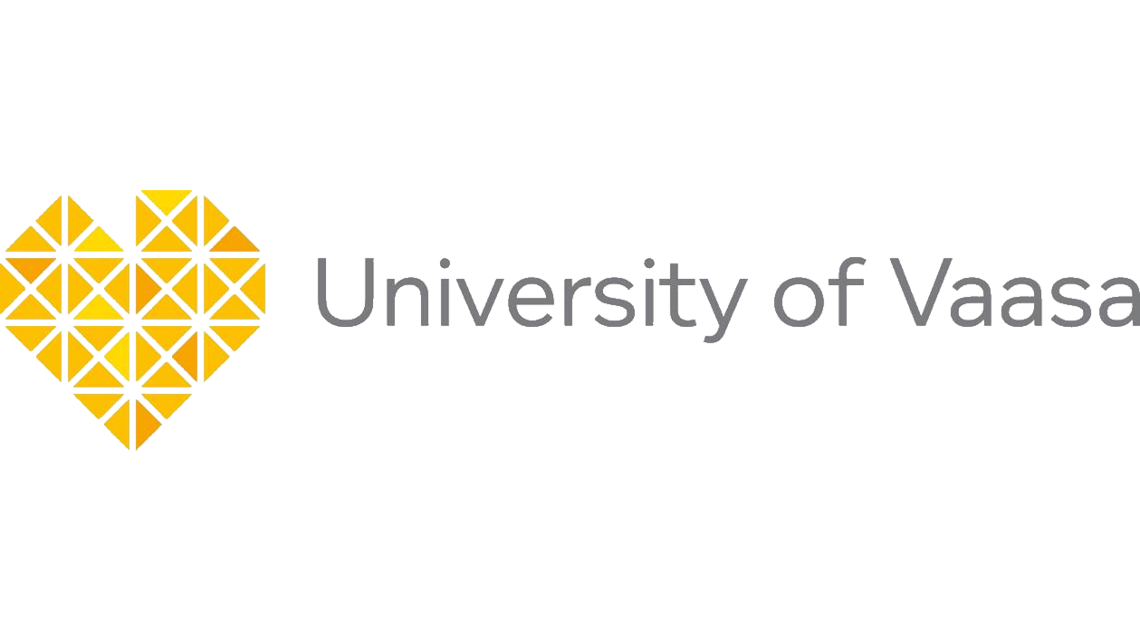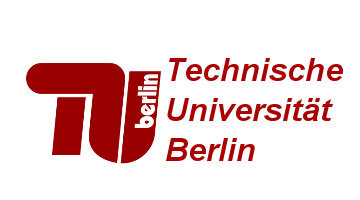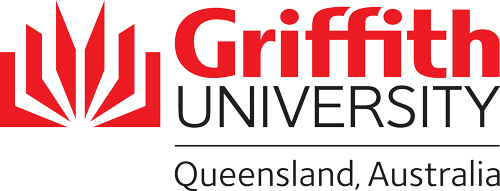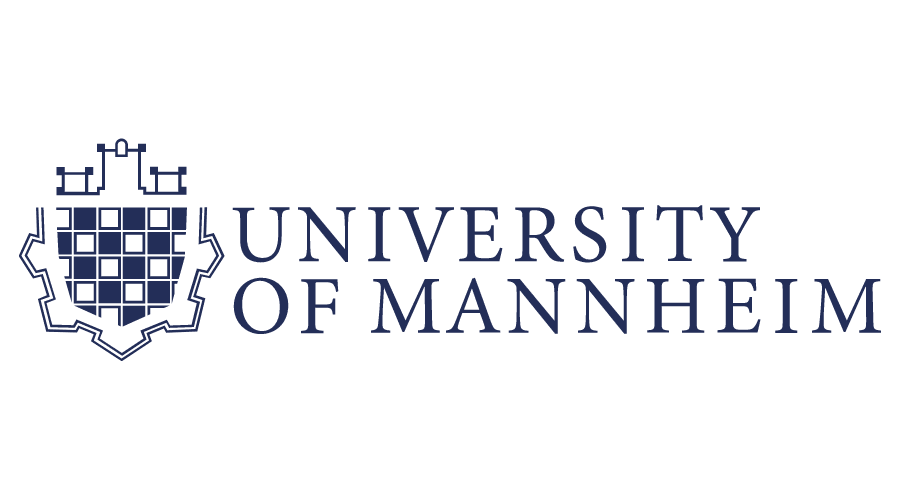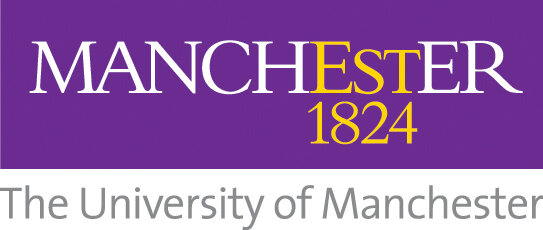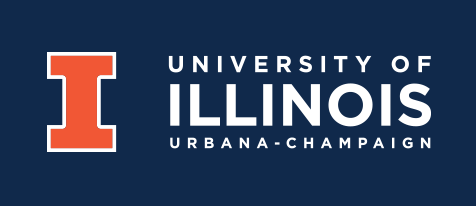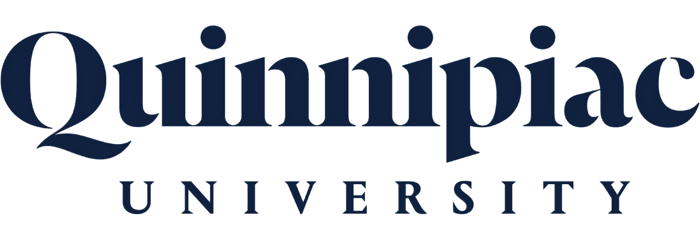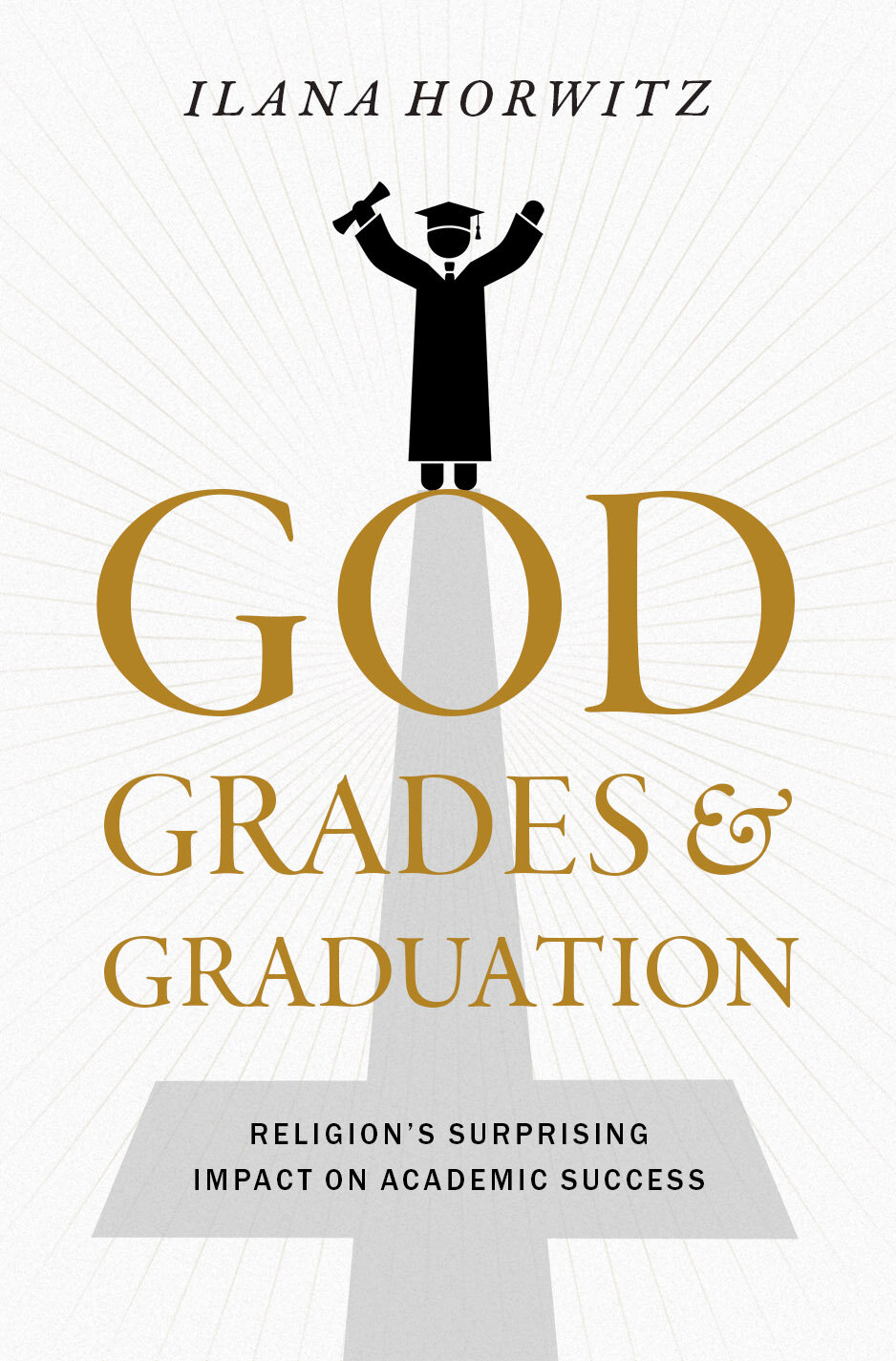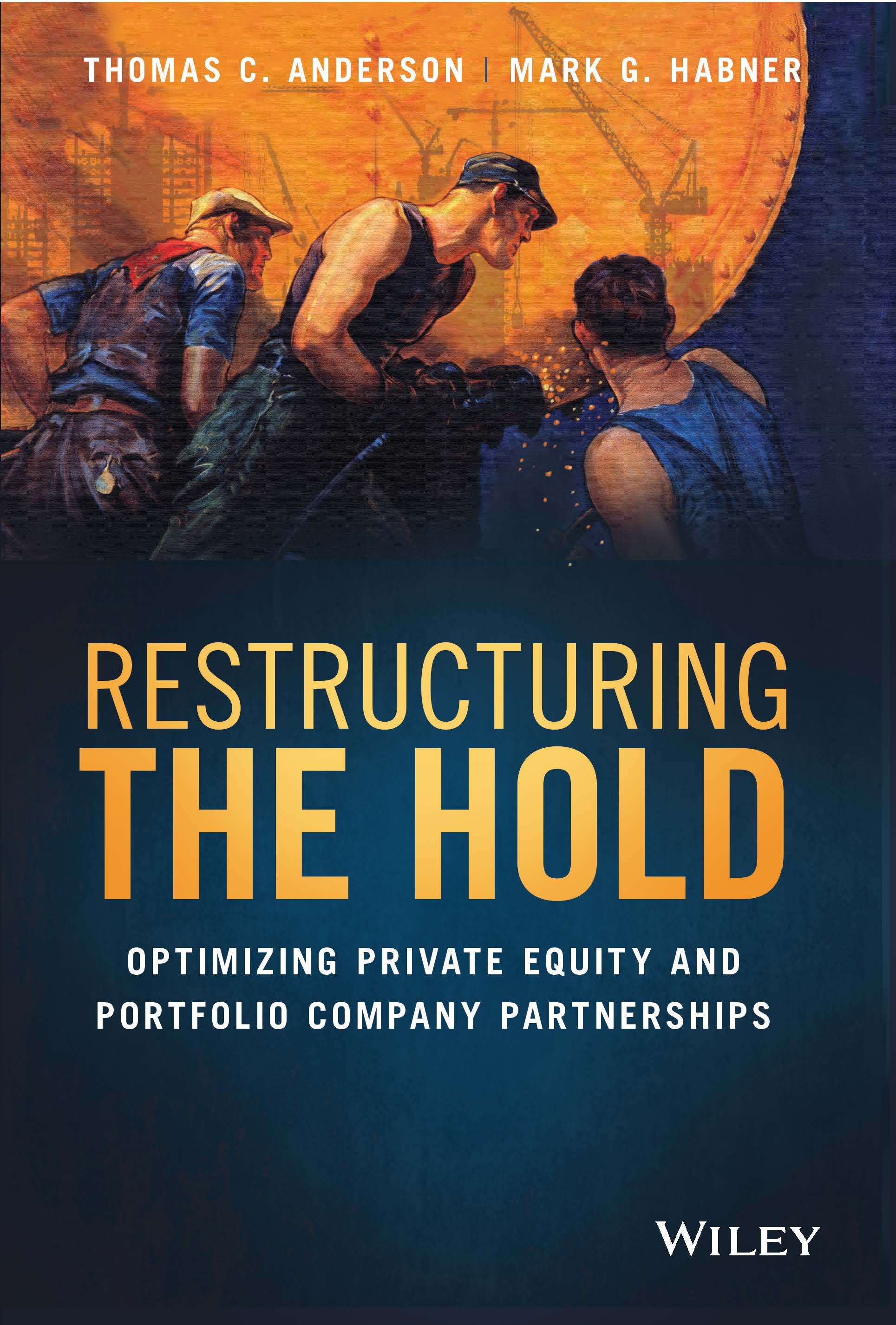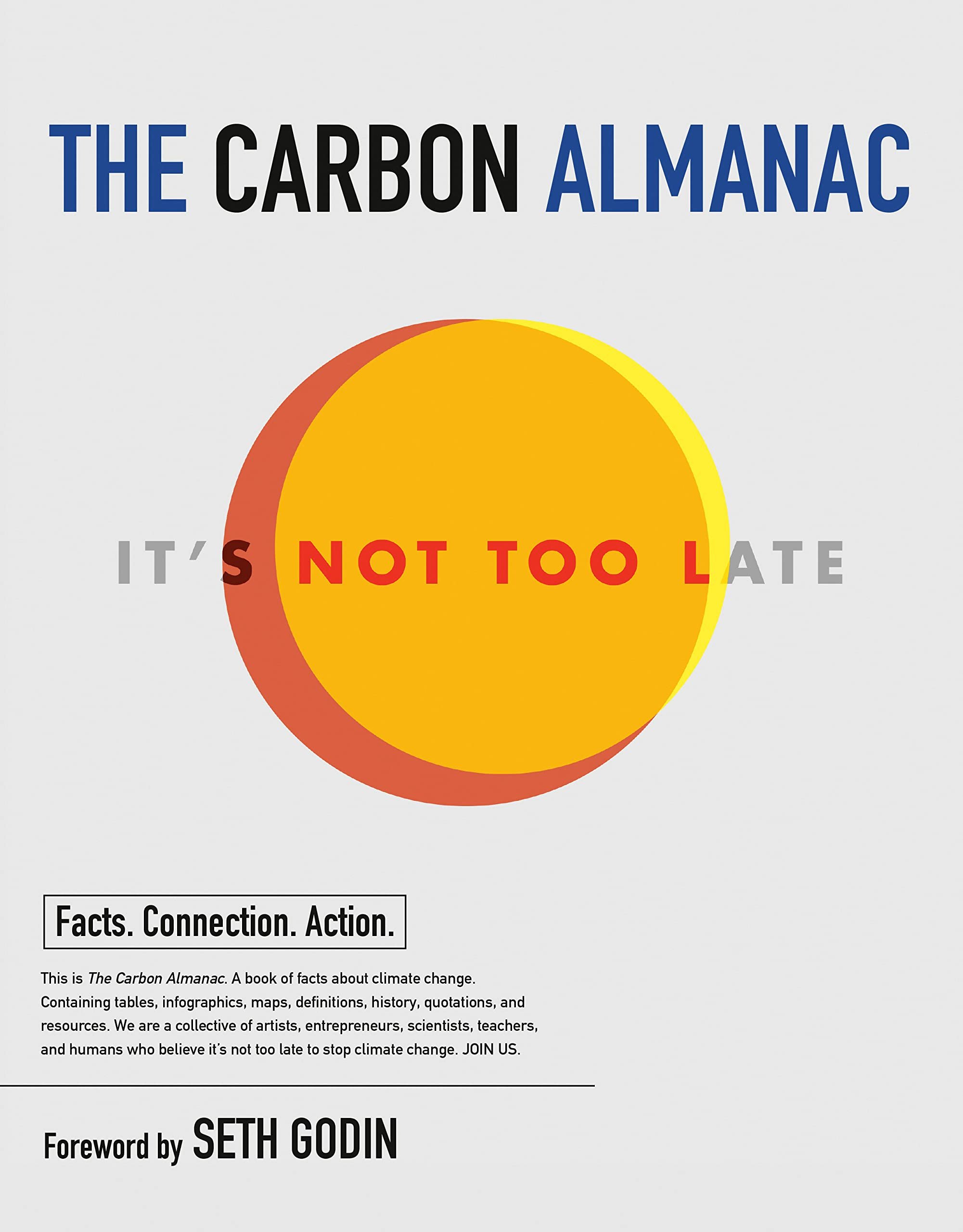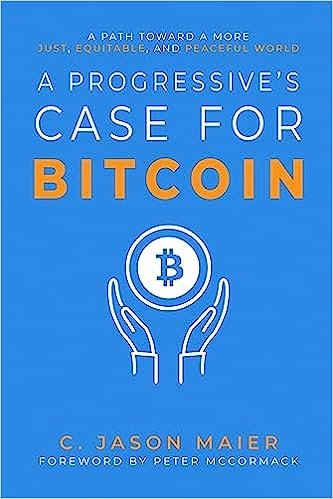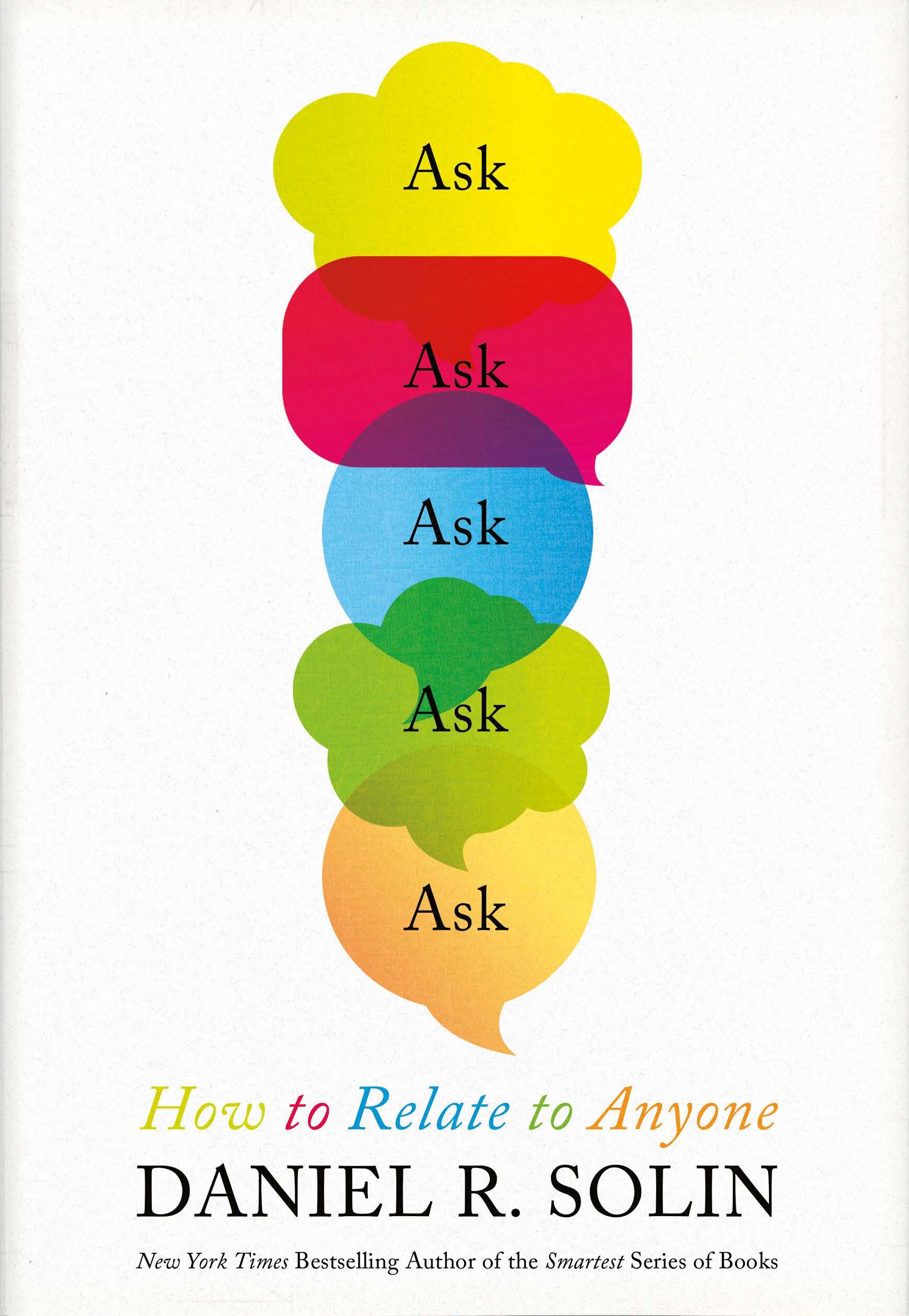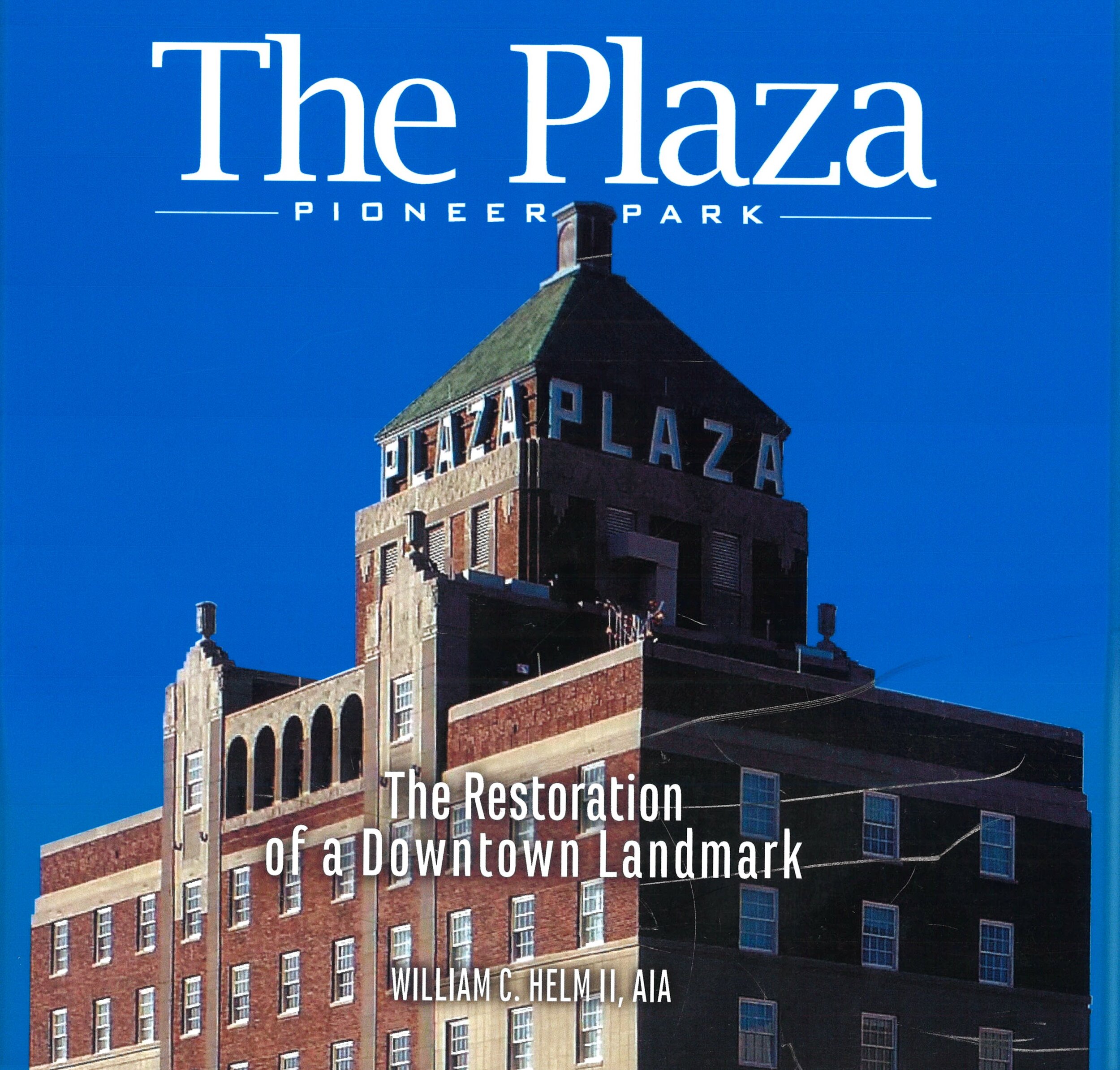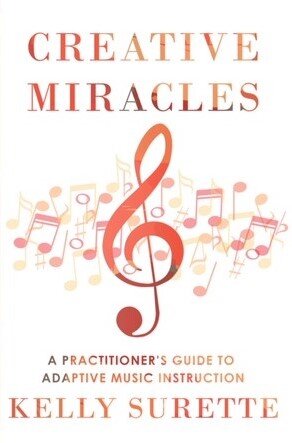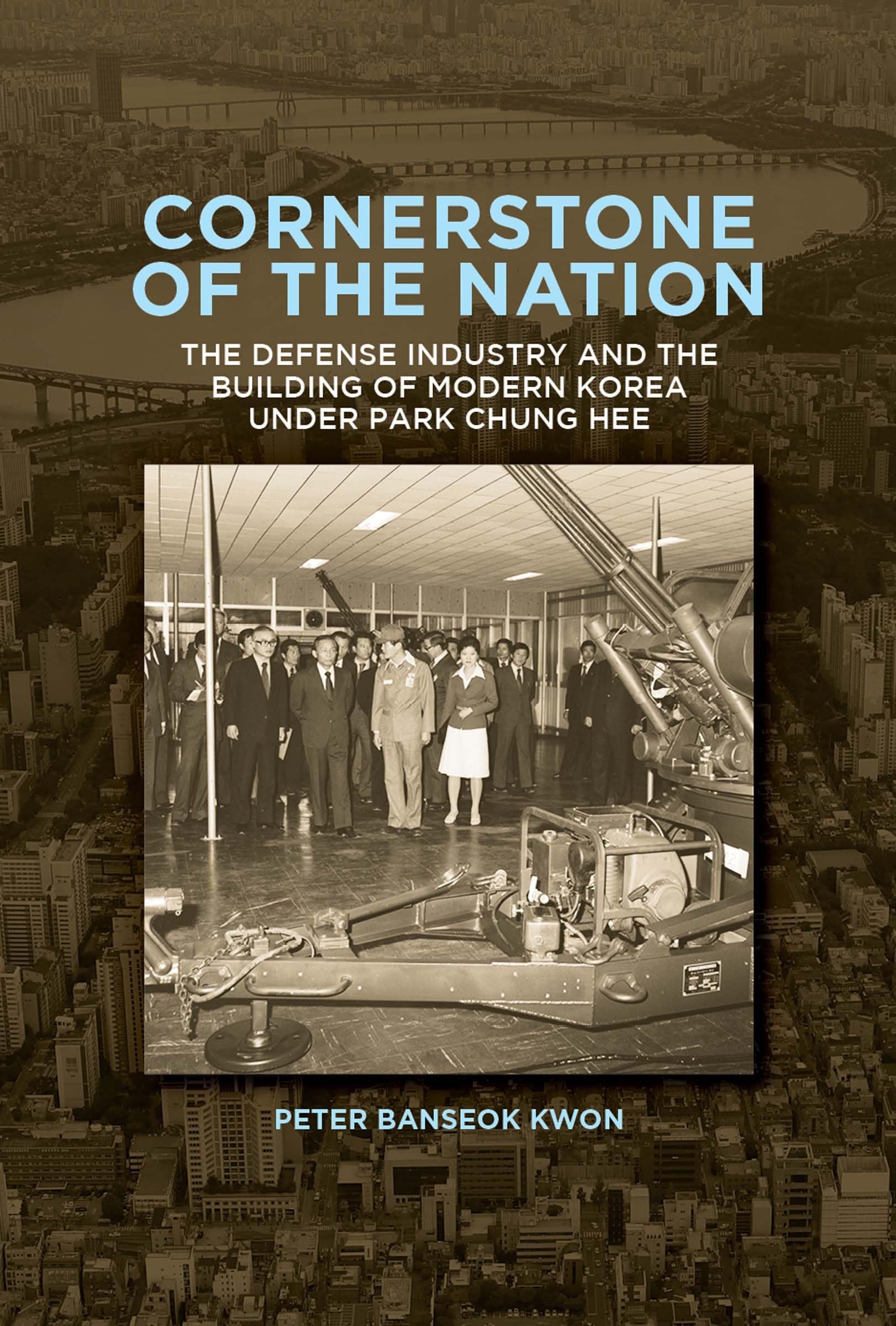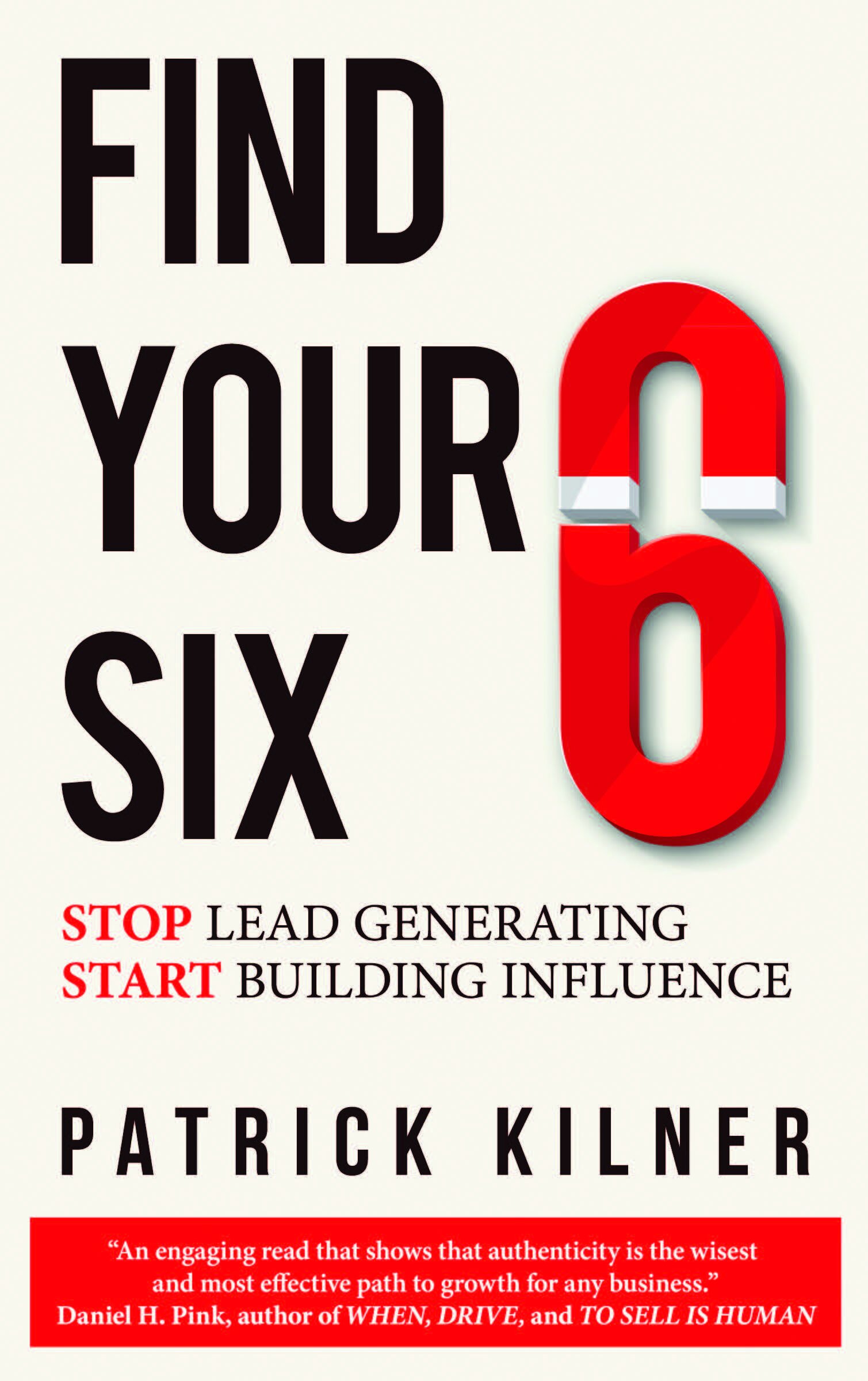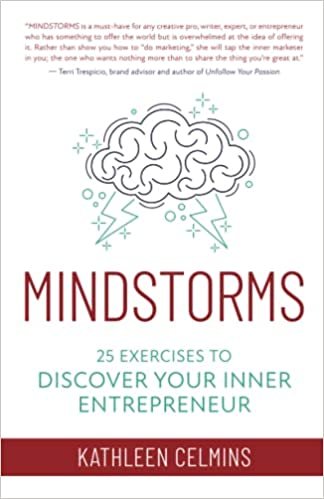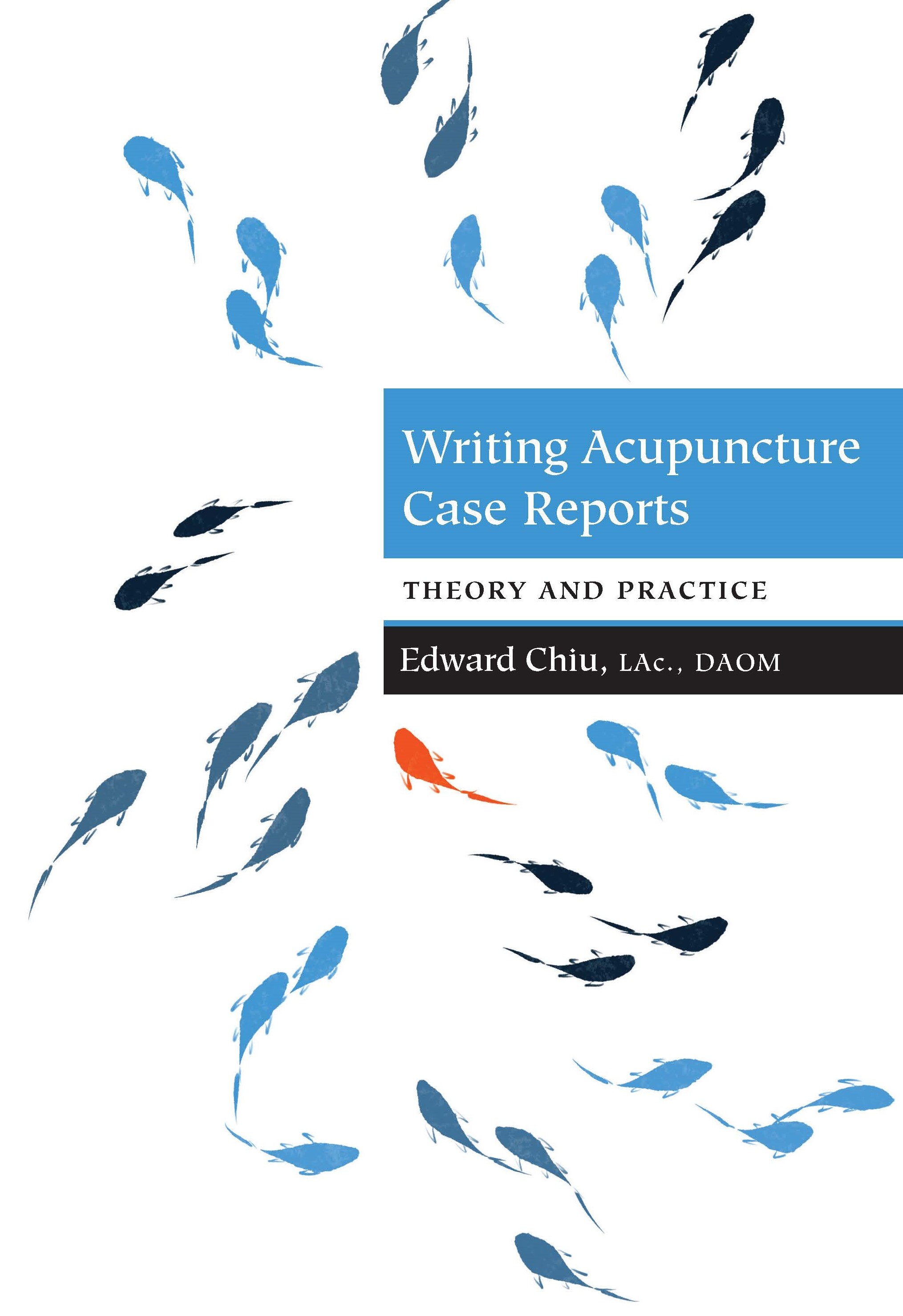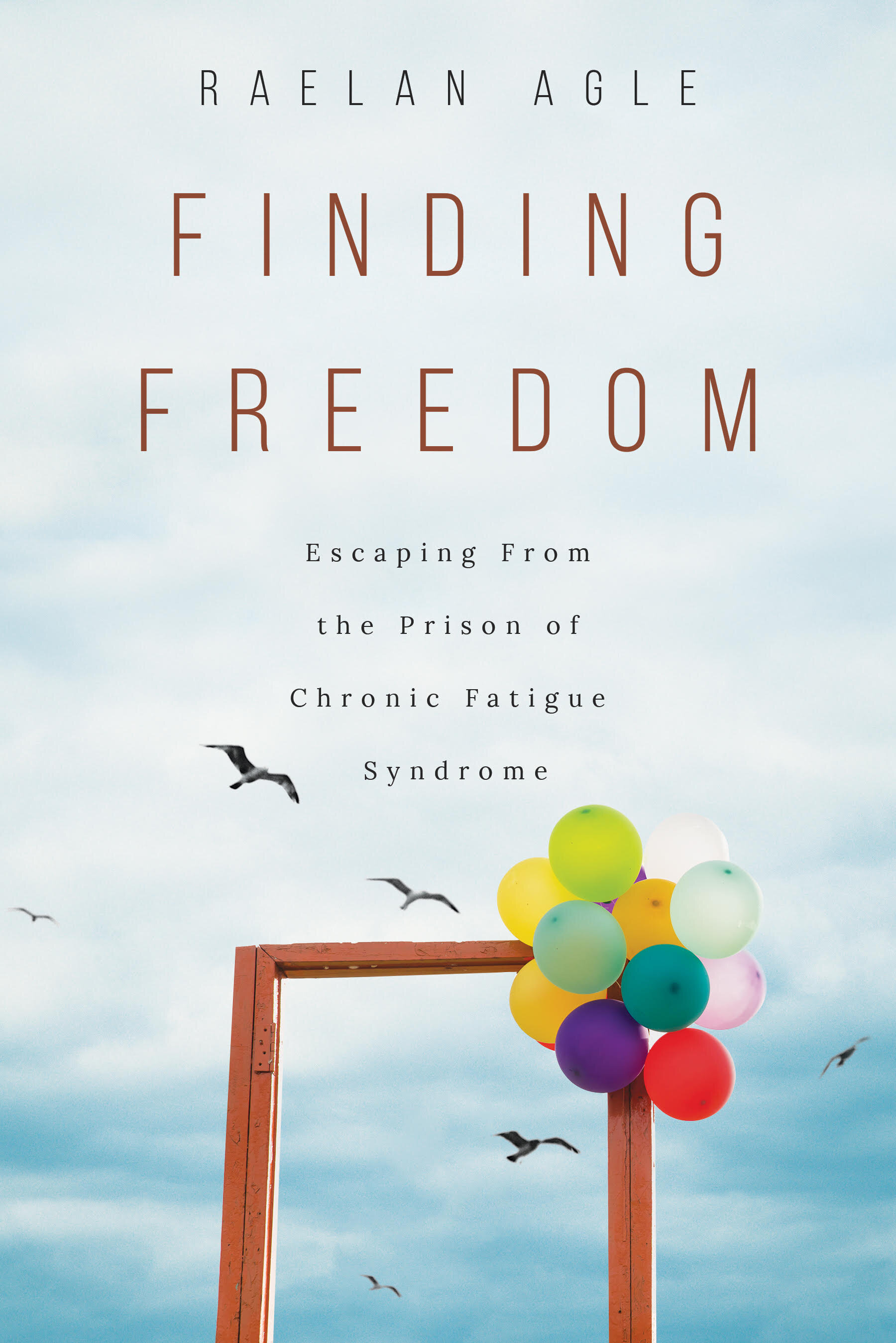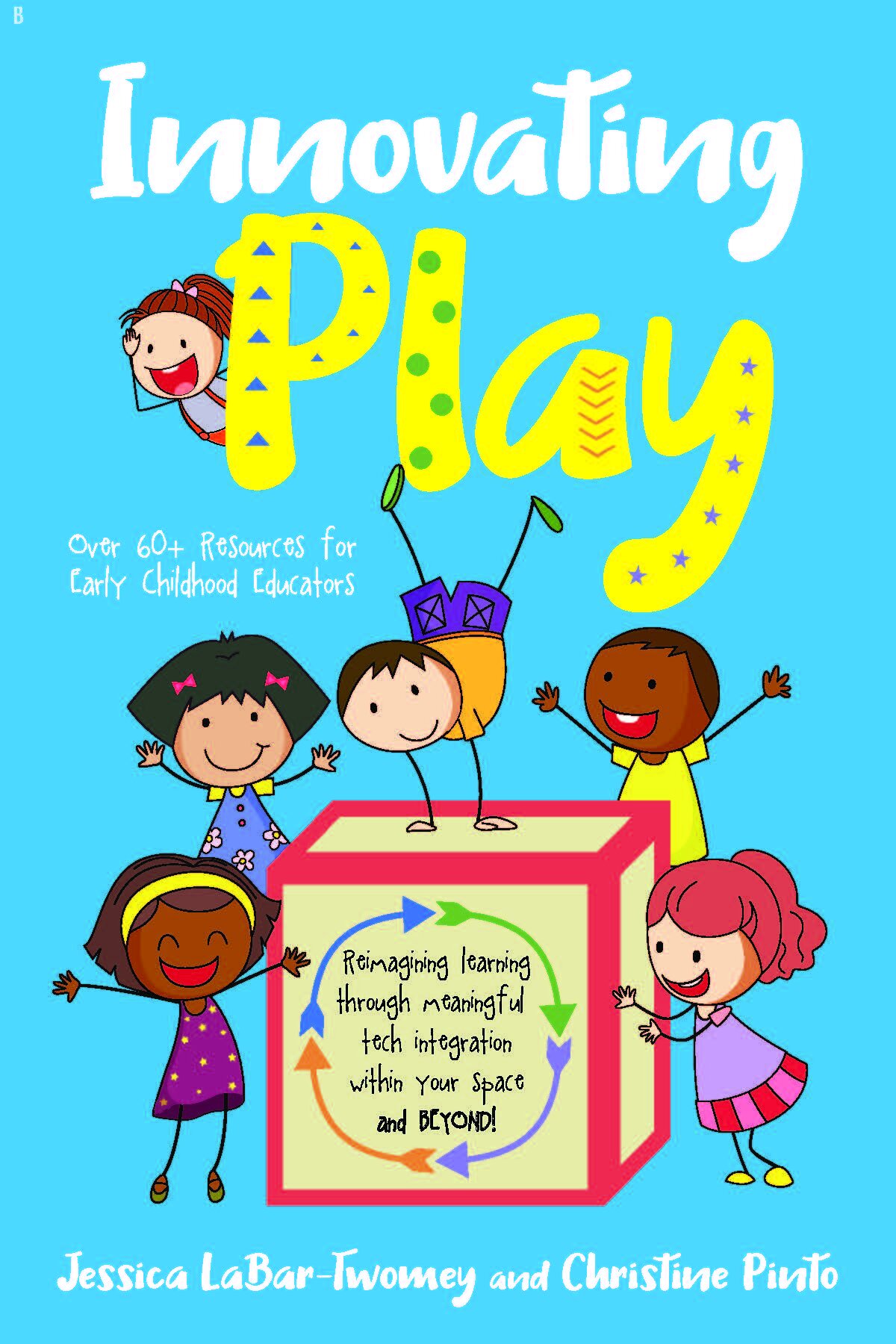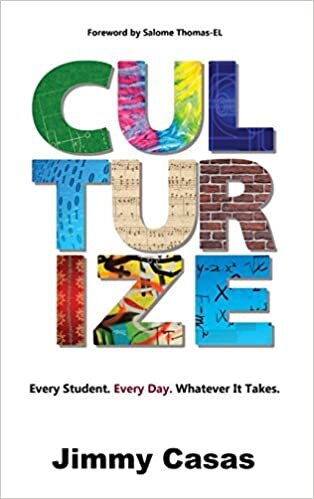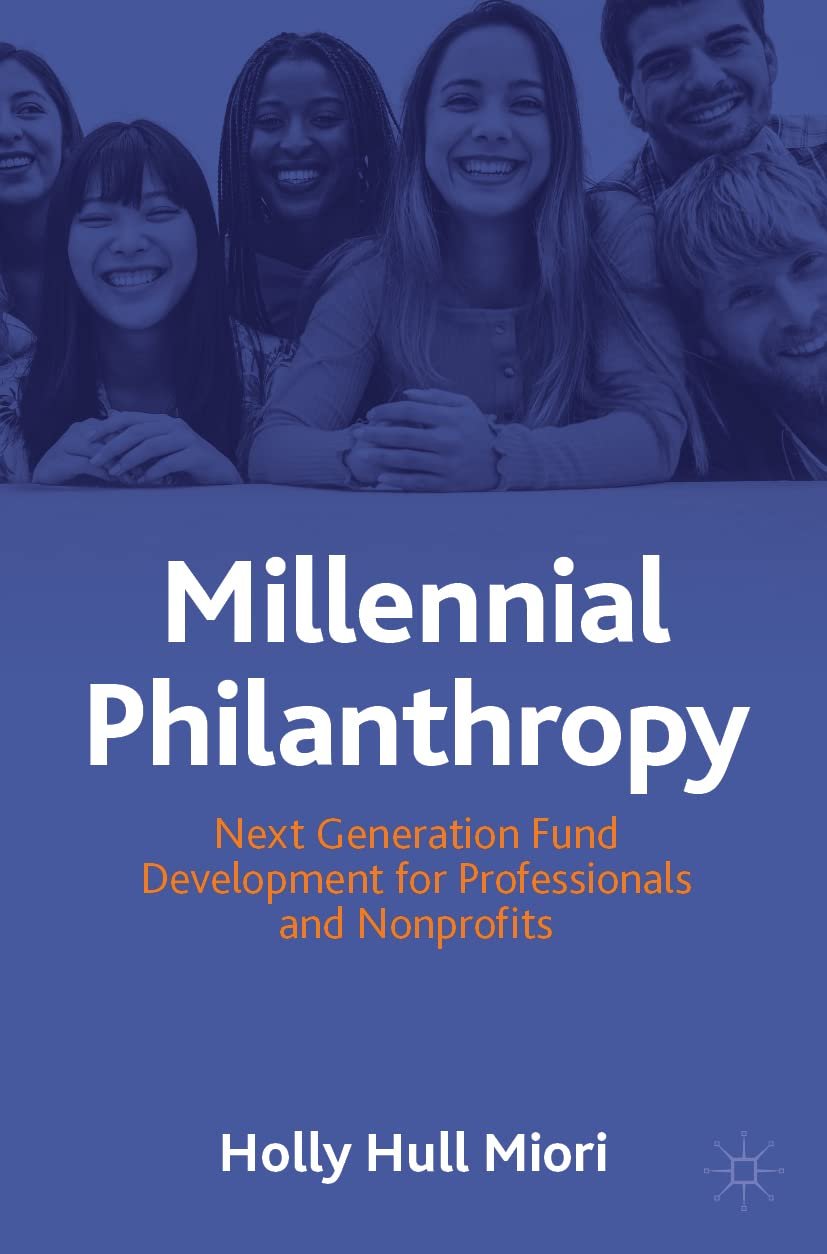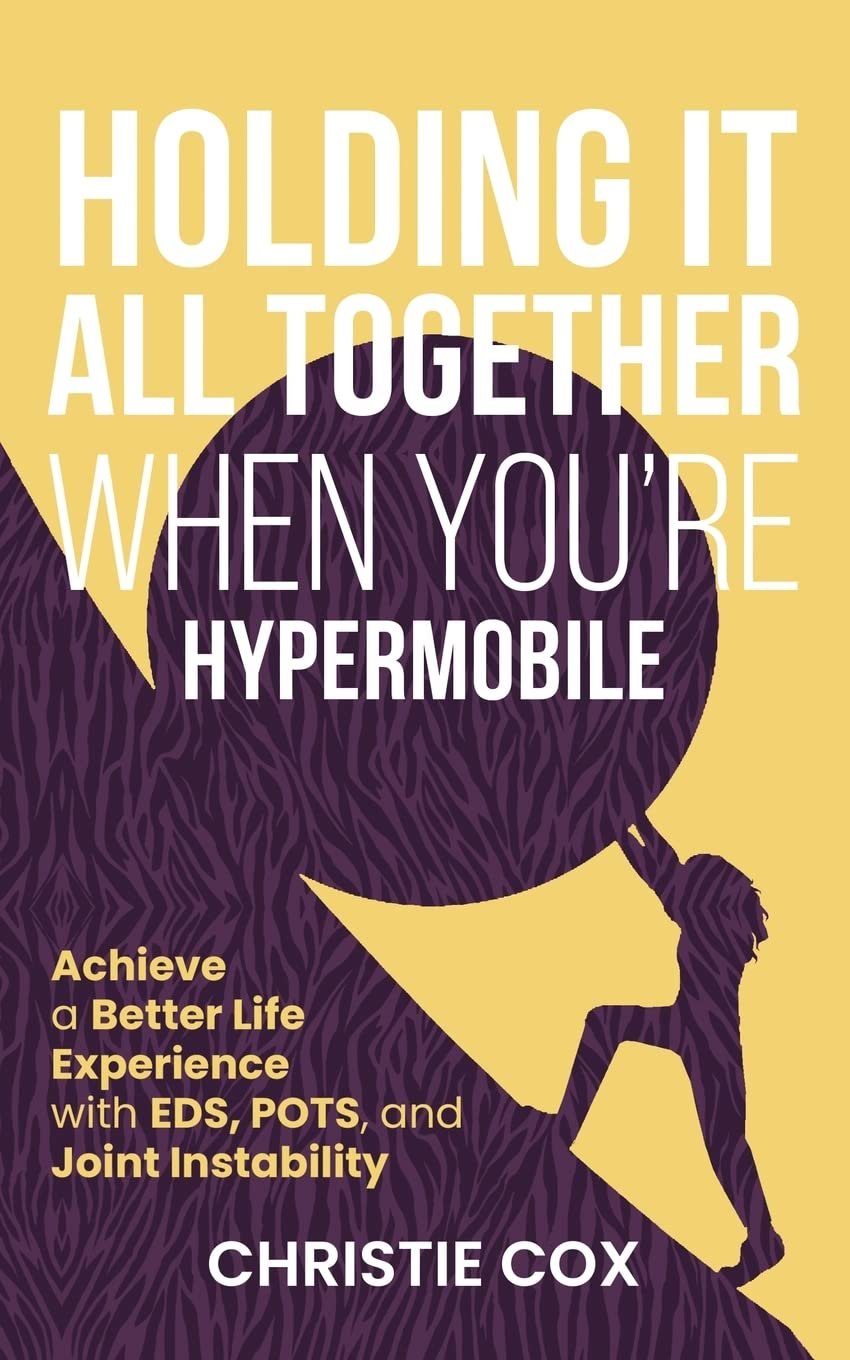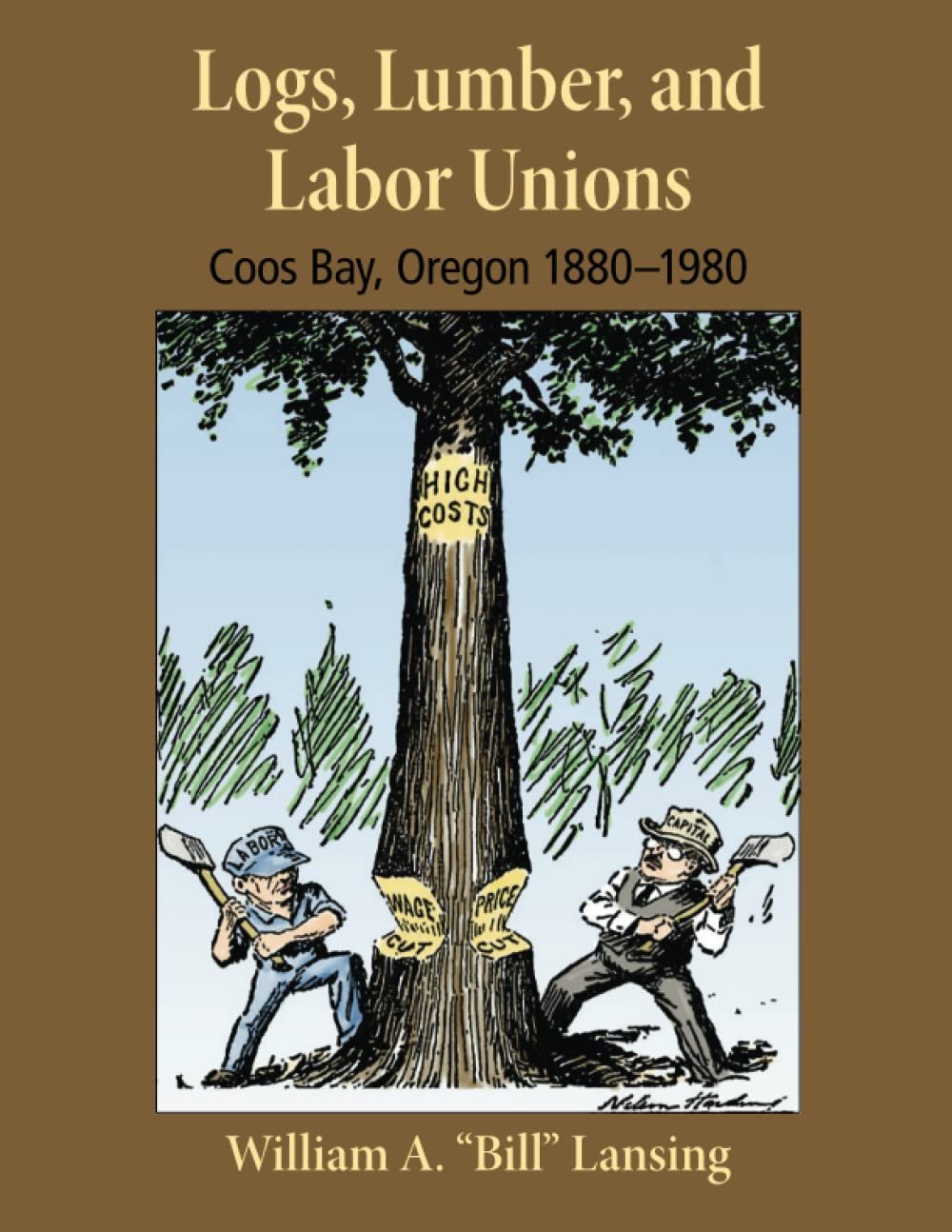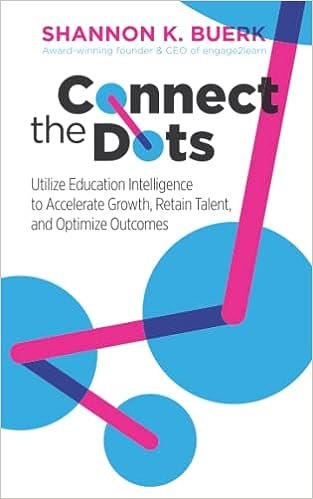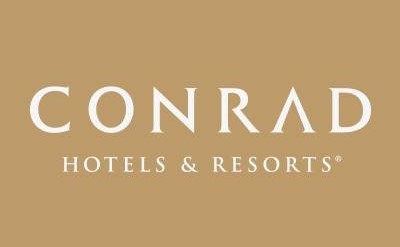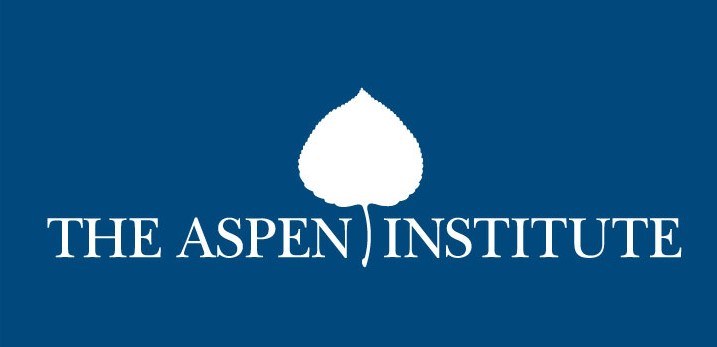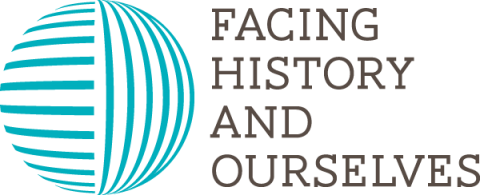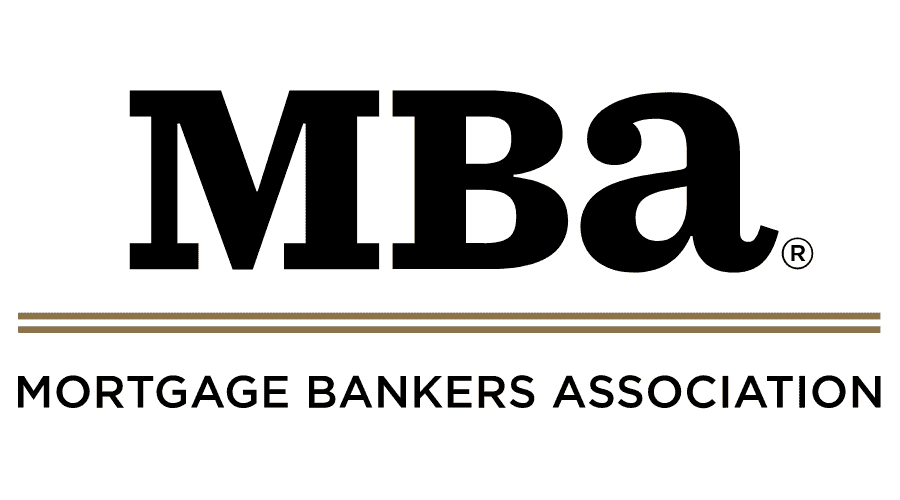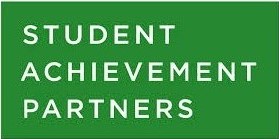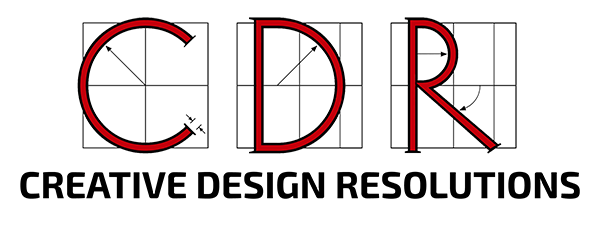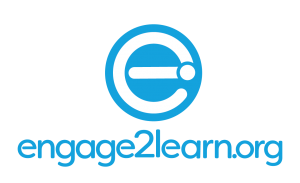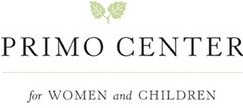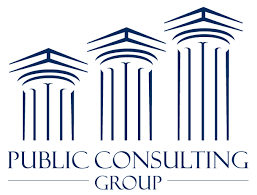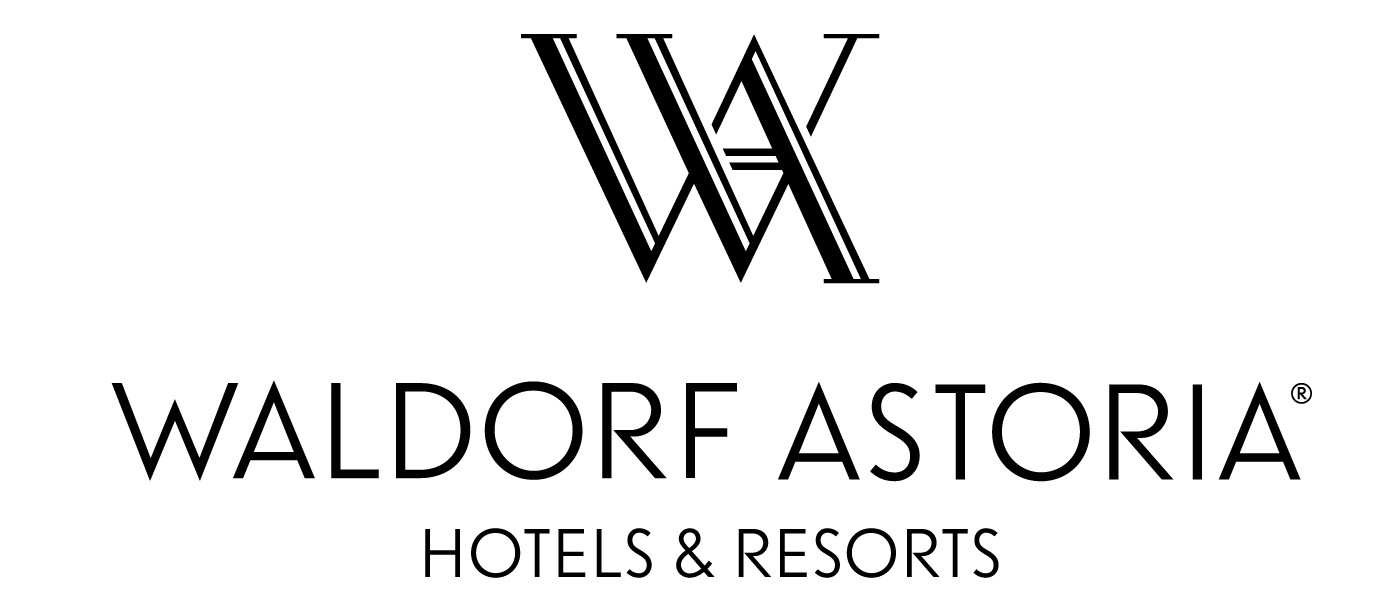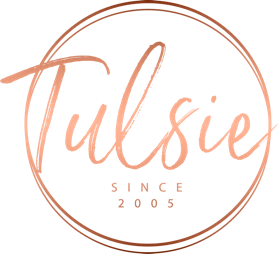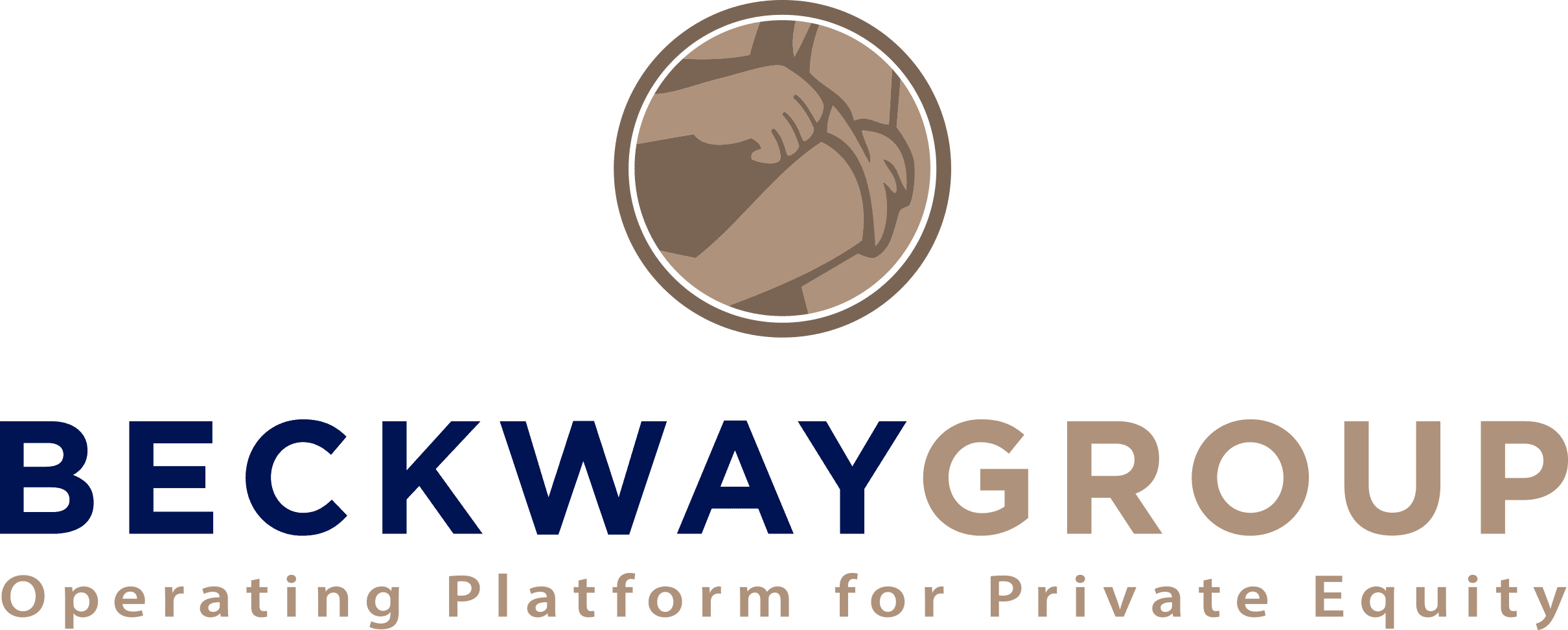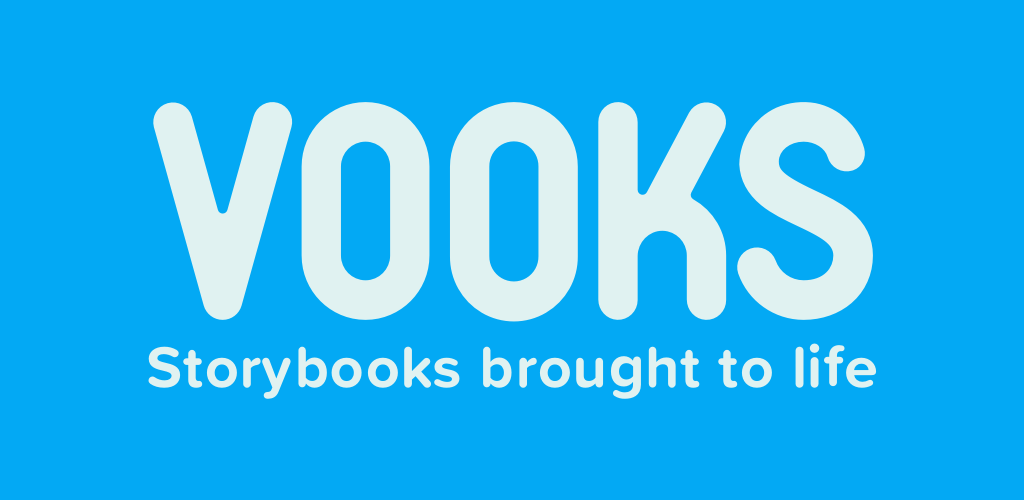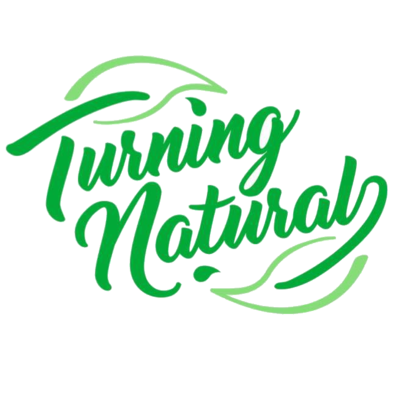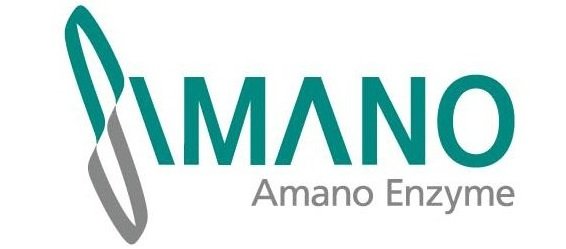Non-Fiction sample after revisions
How did I get here? Two decades ago it dawned on me that despite 26 years of formal education, I had never been taught about money. I had studied history, could add and subtract large sums, and learned all there was to know about rebuilding a knee, but nobody had ever taught me how to become wealthy. So I began the arduous process of educating myself. There were false starts, dead ends, and some truly reckless ideas. I ran across (but thankfully was never tempted by) plenty of get-rich-quick schemes and encountered some sage advice for preserving your wealth—if you were already a millionaire.
But through the haze of competing and even conflicting financial plans, I began to see a path forward toward the life I envisioned. I knew that simply trading my time for money would not take me to where I wanted to go. If I did that, I would just be a “poor doctor” with money; I wanted to be a “rich doctor” with choices.
And that’s when I fixed my sights on what’s known as passive income (or what I like to call “mailbox money”). I went to seminars, read literally hundreds of books, and found great people who were willing to serve as mentors. But the most important action I took was to act. I didn’t wait until I had all the answers. I dove into the game as soon as I saw an opening.
Does that make me special? Hardly. If I was truly special, I would have been vastly more successful because I would have found my freedom much earlier. Early in my career I was plagued by my ego and associated working hard with being successful. It took a while to learn to value my time, and even longer to overcome some of the same fears many of you might be experiencing. Luckily, the financial education I received gave me the tools to fight those fears and keep moving forward toward the life I wanted. All I did was follow some simple steps and never quit. Rest assured, I made my fair share of mistakes, but slowly the victories accumulated, and I started winning the game.




